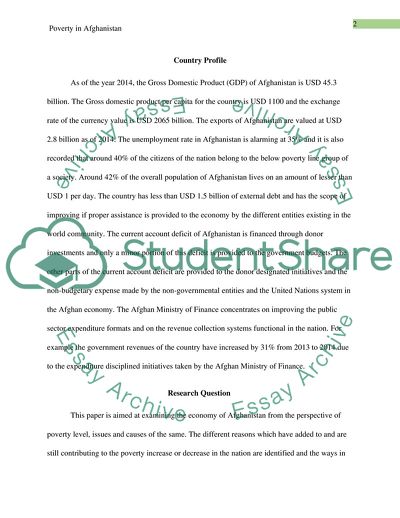Cite this document
(Is the Poverty in Afghanistan reducing or increasing and why Research Paper, n.d.)
Is the Poverty in Afghanistan reducing or increasing and why Research Paper. https://studentshare.org/macro-microeconomics/1881390-is-the-poverty-in-afghanistan-reducing-or-increasing-and-why
Is the Poverty in Afghanistan reducing or increasing and why Research Paper. https://studentshare.org/macro-microeconomics/1881390-is-the-poverty-in-afghanistan-reducing-or-increasing-and-why
(Is the Poverty in Afghanistan Reducing or Increasing and Why Research Paper)
Is the Poverty in Afghanistan Reducing or Increasing and Why Research Paper. https://studentshare.org/macro-microeconomics/1881390-is-the-poverty-in-afghanistan-reducing-or-increasing-and-why.
Is the Poverty in Afghanistan Reducing or Increasing and Why Research Paper. https://studentshare.org/macro-microeconomics/1881390-is-the-poverty-in-afghanistan-reducing-or-increasing-and-why.
“Is the Poverty in Afghanistan Reducing or Increasing and Why Research Paper”. https://studentshare.org/macro-microeconomics/1881390-is-the-poverty-in-afghanistan-reducing-or-increasing-and-why.


